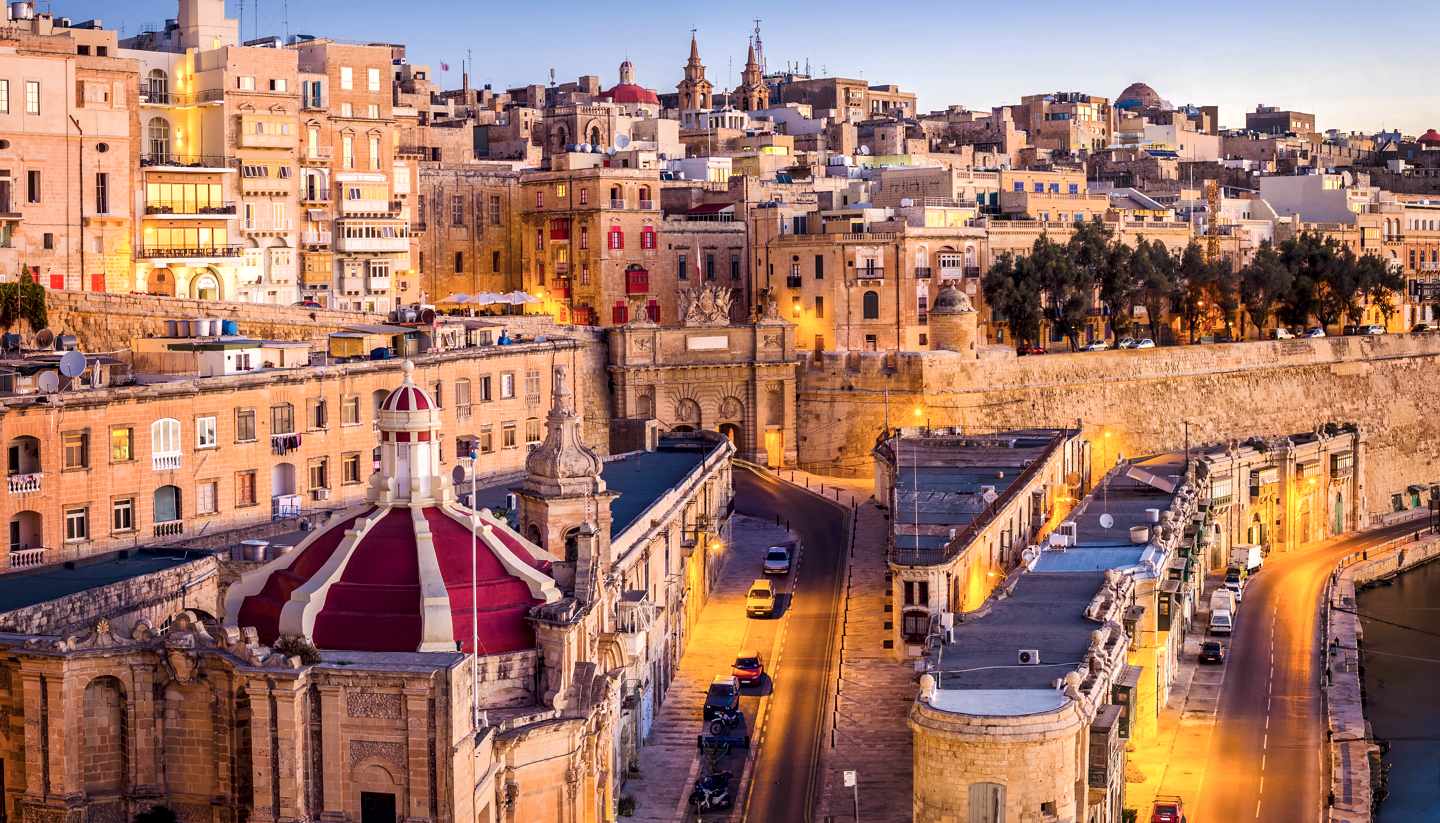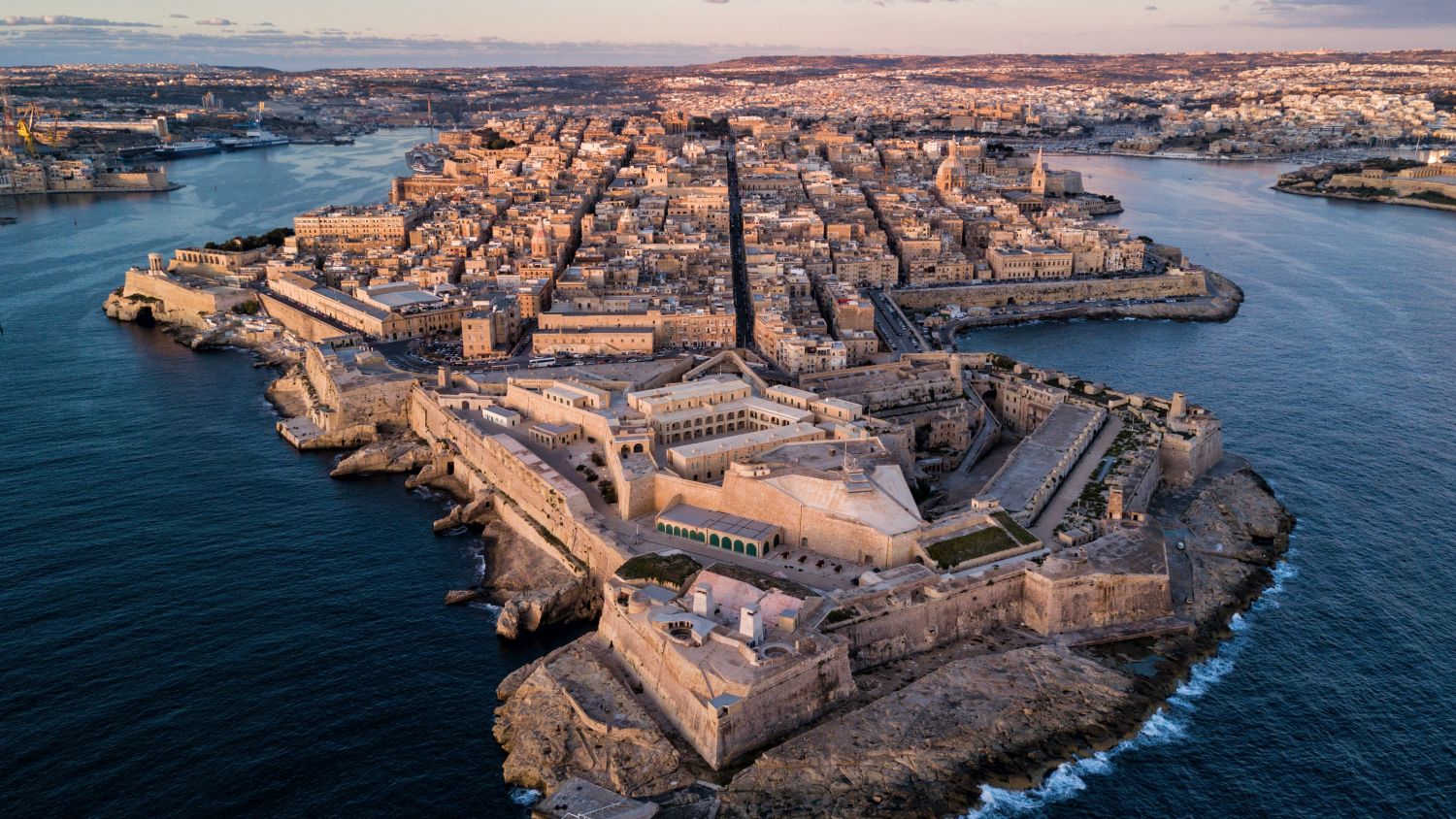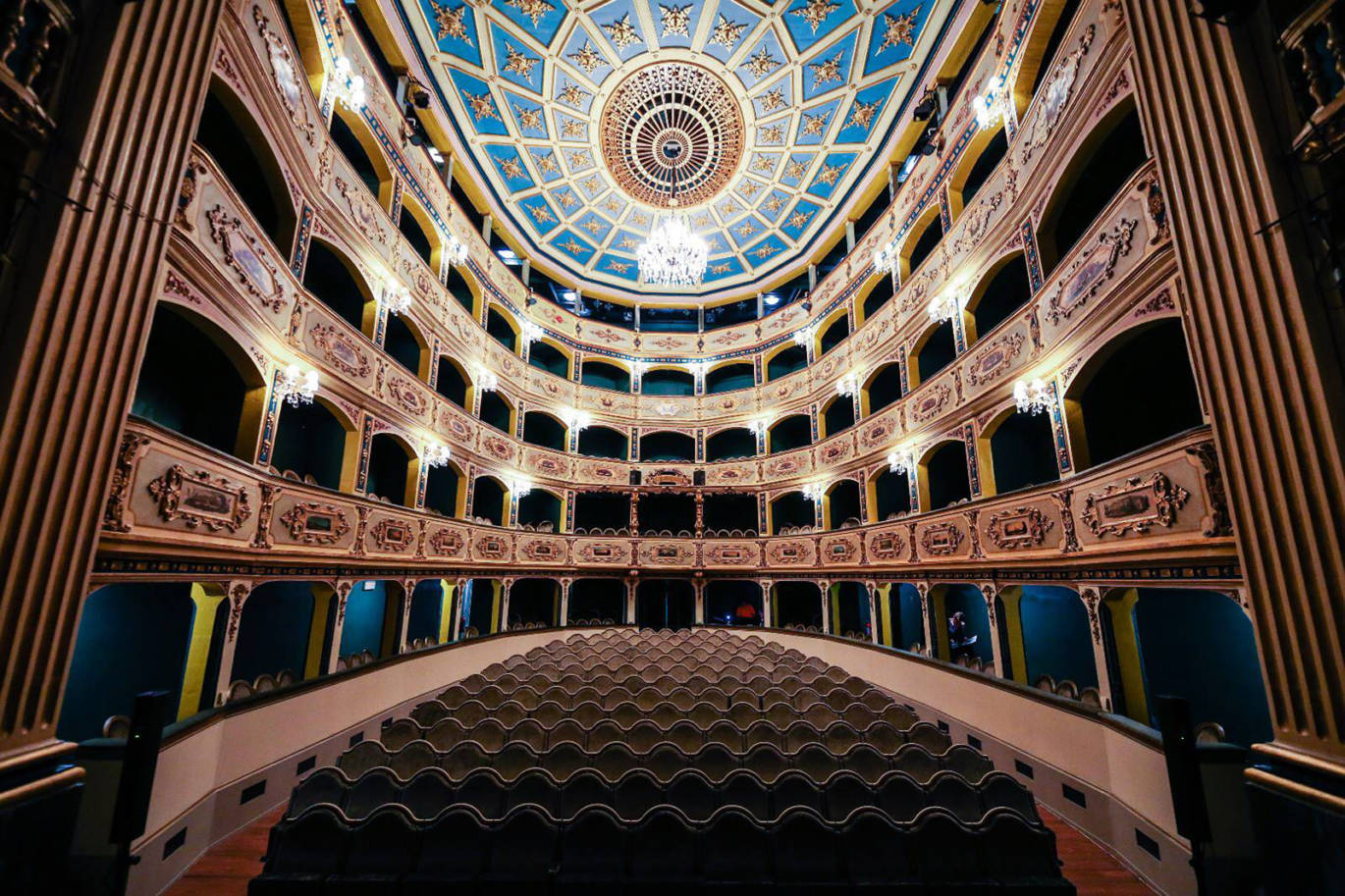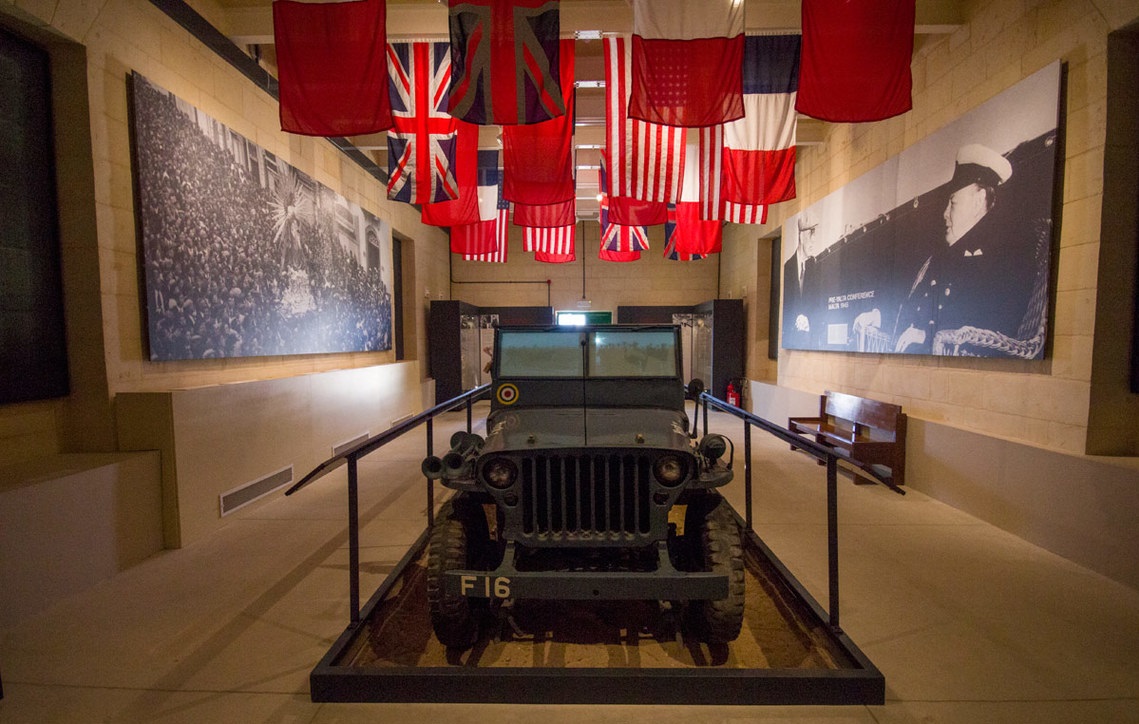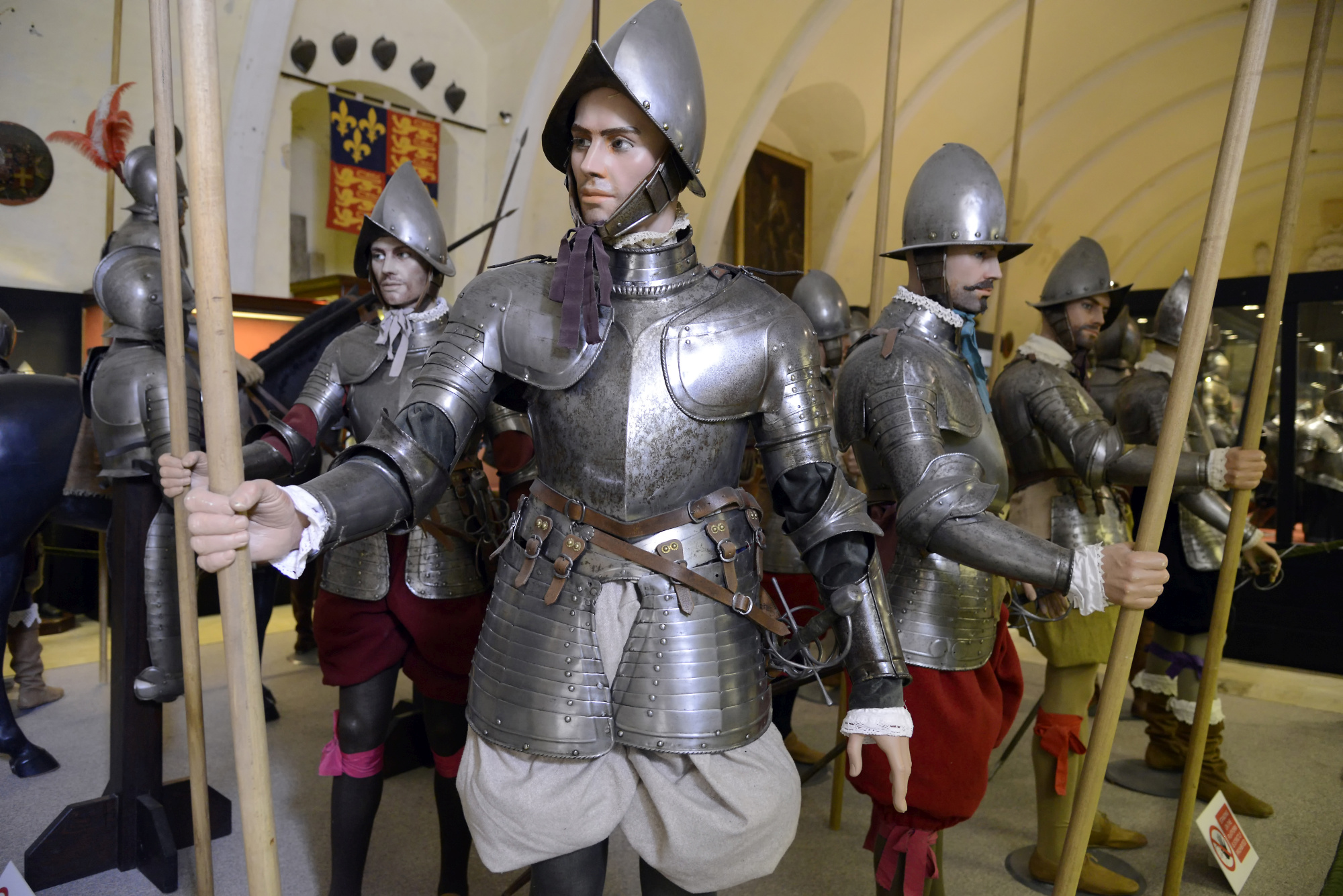Valletta
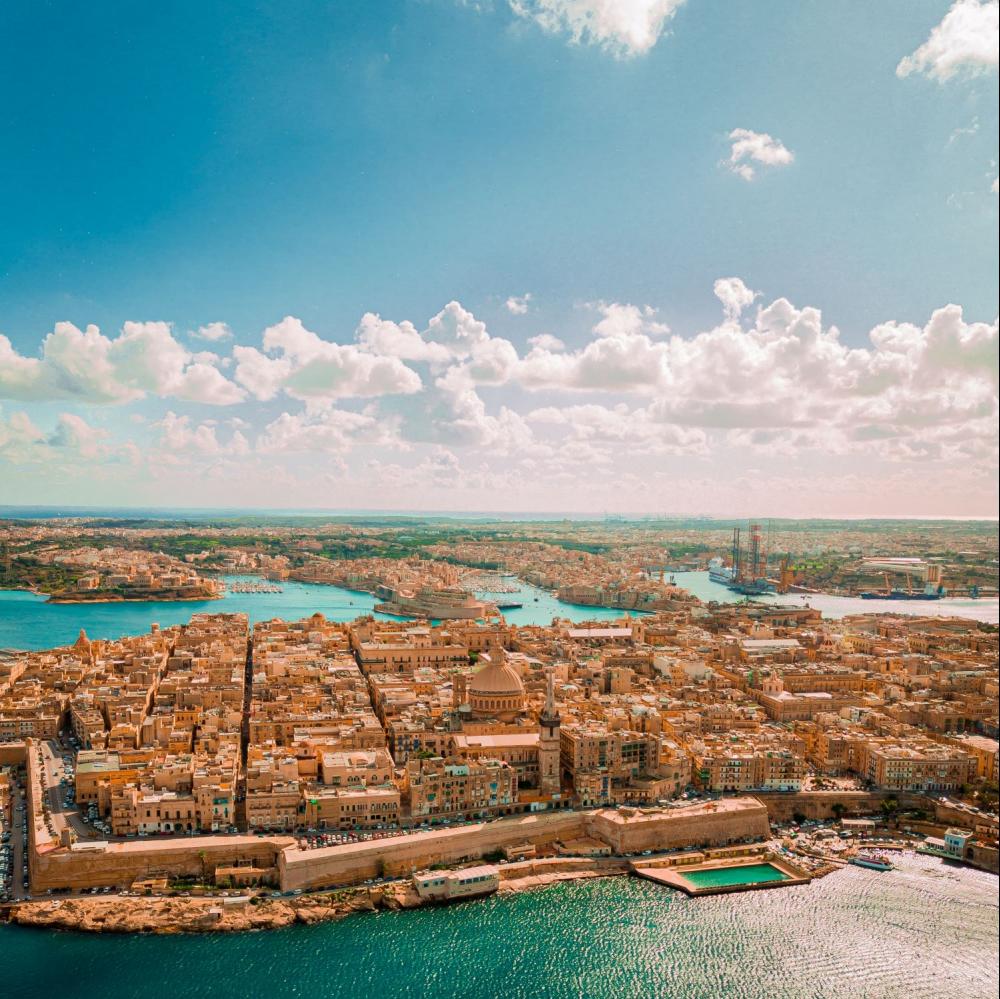 Valletta is the capital city of Malta. Located in the south east of the island, between Marsamxett Harbour to the west and the Grand Harbour to the east, its population in 2014 was 6,444, while the metropolitan area around it has a population of 393,938. Valletta is the southernmost capital of Europe. Valletta's 16th century buildings were constructed by the Knights Hospitaller.
Valletta is the capital city of Malta. Located in the south east of the island, between Marsamxett Harbour to the west and the Grand Harbour to the east, its population in 2014 was 6,444, while the metropolitan area around it has a population of 393,938. Valletta is the southernmost capital of Europe. Valletta's 16th century buildings were constructed by the Knights Hospitaller.
The city is Baroque in character, with elements of Mannerist, Neo-Classical and Modern architecture, though the Second World War left major scars on the city, particularly the destruction of the Royal Opera House.
The city was officially recognised as a World Heritage Site by UNESCO in 1980. The city's fortifications, consisting of bastions, curtains and cavaliers, along with the beauty of its Baroque palaces, gardens and churches, led the ruling houses of Europe to give the city its nickname Superbissima— Italian for Most Proud.
(Wikipedia)
Valletta, The Fortress City, Citta' Umilissima, "a city built by gentlemen for gentlemen" is Malta's capital city: a living, working city, the administrative and commercial heart of the Islands. Valletta is named after its founder, the respected Grand Master of the Order of St. John, Jean Parisot de la Valette. The magnificent fortress city grew on the arid rock of Mount Sceberras peninsula, which rises steeply from two deep harbours, Marsamxett and Grand Harbour.
Guarding the approaches to both Grand and Marsamxett Harbours is Fort St Elmo. It was the scene of a heroic defence during the Great Siege of 1565. When the Knights arrived in Malta, Mount Sceberras, on which Valletta was later to stand, was a rocky promontory with a small fort built in 1488 during Aragonese rule of the Islands.
The Manoel Theatre, or Teatru Manoel as it is known in Maltese, is an architectural gem. Commissioned and personally funded by António Manoel de Vilhena, Grand Master of the Knights of Malta, the theatre was constructed in just ten months.
The National War Museum, housed within the fortified walls of Fort St. Elmo, houses a superb collection of artefacts. Displayed in a chronological manner, these artefacts narrate the military history of Malta from the early phases of the Bronze Age, around 2,500 B.C. when the first inhabitants arrived from Sicily, to Malta's EU Accession in 2004.
The celebrations of Holy Week and Easter are primarily of a religious character, taking place in churches where the faithful gather in large numbers to commemorate the passion, death and resurrection of Christ.
The Palace Armoury is one of the world’s greatest arms collections housed in their original buildings, with the most visible and tangible symbols of the past glories of the Sovereign Hospitallier Military Order of Malta (The Knights of St. John).




